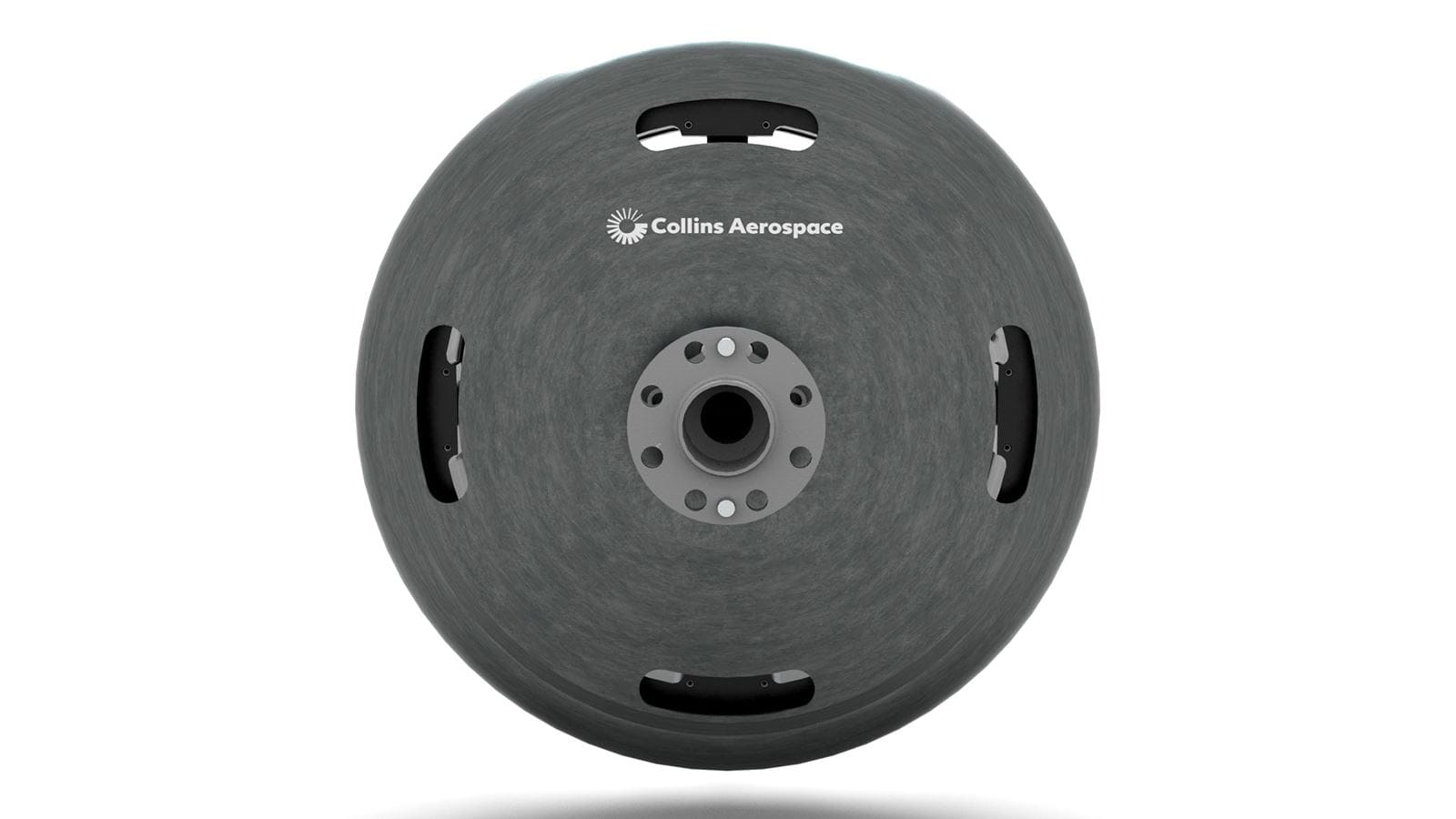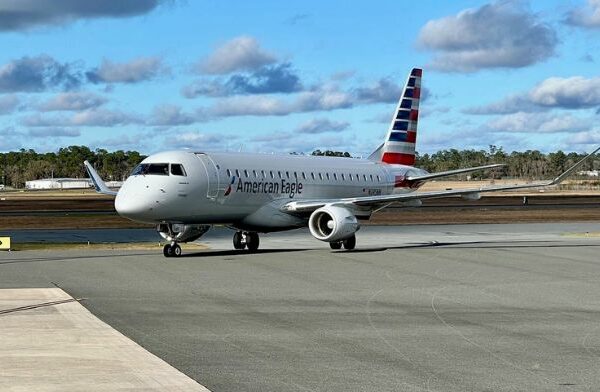Collins Aerospace has produced the first working prototype of its 500 kilowatt electric motor suitable for the Airlander 10 aircraft.
The supplier is designing the motor at its Electronic Controls and Motor Systems Center of Excellence in Solihull, UK, where it’s also developing its 1 megawatt electric motor and motor controller for the Pratt & Whitney Canada (P&WC) regional hybrid-electric flight demonstrator. The two motors are part of Collins’ technology roadmap for the development of a family of electric motors that can be scaled up or down to meet the needs of various hybrid-electric and all-electric applications across multiple aircraft segments.
“With a goal of becoming the world’s first zero-emission aircraft, Airlander 10 is blazing a trail in the development of sustainable electric propulsion systems,” said Marc Holme, senior director, Electronic Controls and Motor Systems for Collins Aerospace.
“Collins is working closely with Hybrid Air Vehicles and the University of Nottingham to turn this goal into a reality, while at the same time developing new technologies that will advance the aviation industry’s efforts to reach net-zero carbon emissions by 2050.”
“The development of electric motors for Airlander 10, with Collins Aerospace and the University of Nottingham, is a crucial part of our pathway towards a future of passenger and freight transport that produces zero emissions,” said Tom Grundy, CEO of Hybrid Air Vehicles. “It is great to see the programme develop with the different organisations working in unison to deliver the right electric motor for the job.”
Airlander 10 is scheduled to begin hybrid-electric operation in 2026, followed by all-electric, zero-emission operation in 2030.










